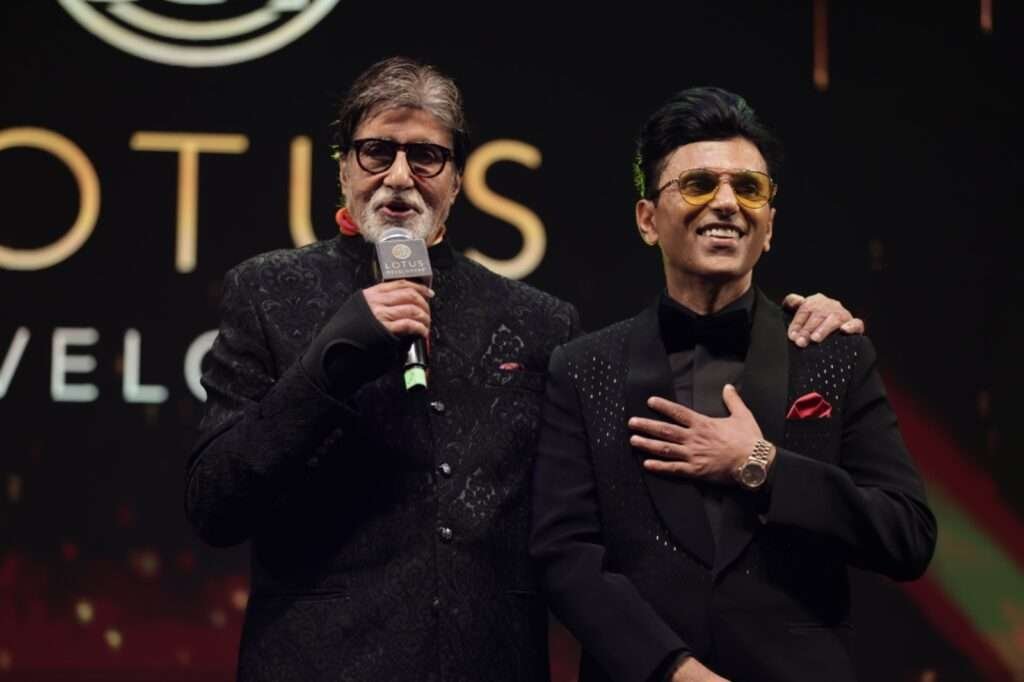Anand Pandit on the Film that Redefined Indian Cinema
As Ramesh Sippy’s legendary film marks its golden jubilee, producer Anand Pandit reflects on why Sholay remains one of the most enduring cultural touchstones in Indian cinema.
When Sholay released in 1975, few expected it to succeed. Trade pundits believed it was “too violent,” dismissed Amjad Khan’s Gabbar Singh as an “unconvincing villain,” and were unsure how audiences would respond to a tragic climax where one hero dies. Critics were hesitant, too.
But audiences thought differently. Word of mouth spread, theatres filled, and the film went on to become a record-breaking blockbuster. Five decades later, Sholay is celebrated not just as a movie, but as a defining cultural event.

Veteran producer and distributor Anand Pandit calls it exactly that:
“Sholay was not just a movie… it gave us a cultural blueprint. It was a quintessential Indian film — a battle between good and evil, unforgettable music, friendship, and some of the greatest stars of the industry.”
A Cinematic Language of Its Own
Although its premise borrowed influences from Akira Kurosawa’s Seven Samurai, Sergio Leone’s westerns, and Raj Khosla’s Mera Gaon Mera Desh, Sholay spoke in a completely new cinematic language.
“This was a technically sound, slick film that redefined the action genre in India,” Pandit explains. “It had a world-class technical team — Mangesh Desai’s sound design was pathbreaking, Dwarka Divecha’s cinematography and M. S. Shinde’s editing elevated the storytelling, and R. D. Burman’s music remains iconic. Ramesh Sippy’s conviction as a director tied it all together. But the soul of Sholay was in Salim-Javed’s writing. Their dialogues are still quoted across generations.”
From “Jo dar gaya… samjho mar gaya” to “Tumhara naam kya hai, Basanti?” — these one-liners have transcended cinema to become part of everyday Indian vocabulary.
The Collective Experience
Pandit recalls how Sholay’s LP records, filled with dialogues and background score, became staples in homes and restaurants. “As someone who saw the film during its original release, I can say the experience of watching Amitabh Bachchan, Dharmendra, Sanjeev Kumar, Hema Malini, Amjad Khan, and Jaya ji together on one screen was indescribable.
The film had all the spice of a commercial entertainer, yet it also had depth, dignity, and zero vulgarity. That’s why, even today, it’s considered a family favorite.”
Amitabh Bachchan: The Legend Within the Legend
Pandit has worked closely with Amitabh Bachchan over the years and continues to draw inspiration from him.
“In 1975 alone, Amit ji appeared in Sholay, Mili, Chupke Chupke, and Zameer. The range he displayed in just one year is unmatched. His legacy isn’t only about box office numbers — it’s about discipline, commitment, and timeless talent. Like Jai in Sholay, his actions have always spoken louder than his words.”
Why Sholay Refuses to Fade
Even after 50 years, Sholay remains woven into India’s collective memory. “It had emotion, spectacle, friendship, romance, and moral clarity — everything that defines Indian cinema at its best,” Pandit says. “That’s why it wasn’t just a film. It became part of who we are.”



